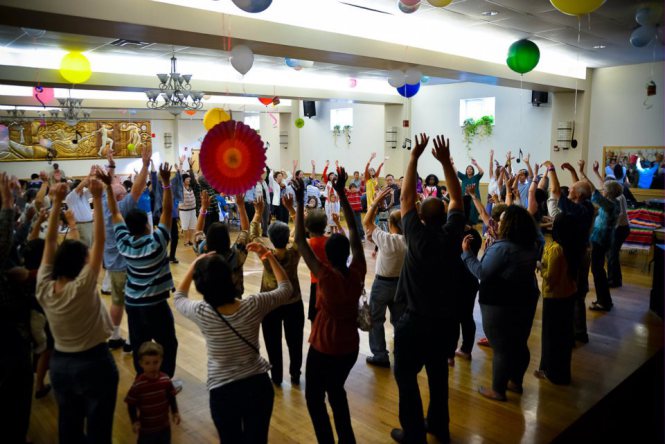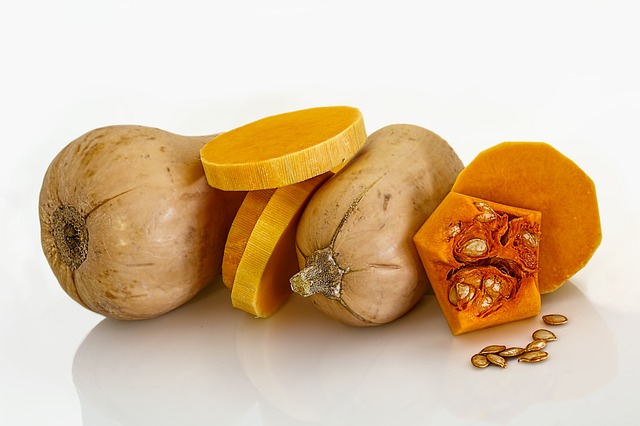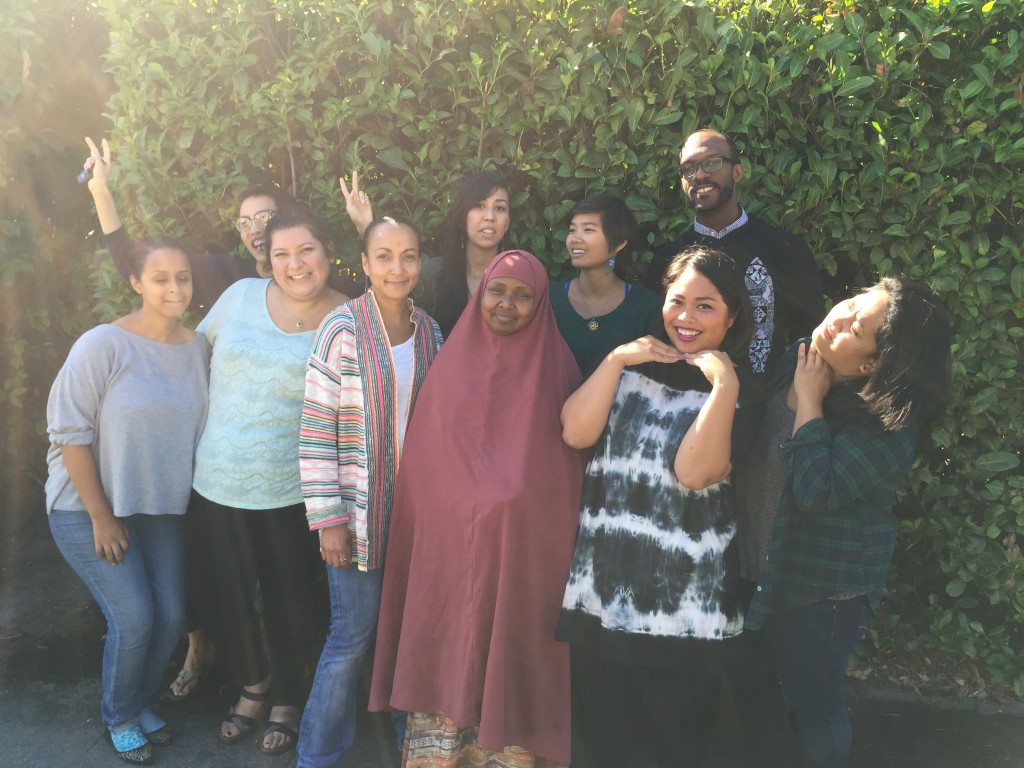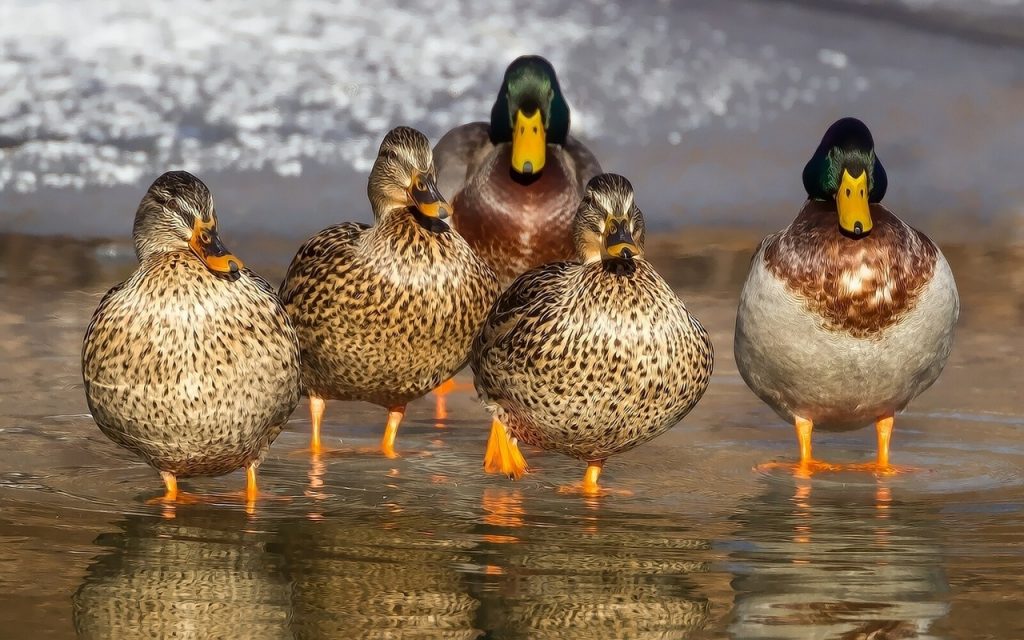 Hi everyone, I am battling a cold right now. I just swallowed two whole cloves of garlic and a shot of fermented pickle brine and some bourbon. (What, like your natural cold remedy is sooo much better!) All that is to say I am feeling woozy and have no clue how coherent this post will be.
Hi everyone, I am battling a cold right now. I just swallowed two whole cloves of garlic and a shot of fermented pickle brine and some bourbon. (What, like your natural cold remedy is sooo much better!) All that is to say I am feeling woozy and have no clue how coherent this post will be.
Today, I want to delve into the need for us as a sector to create opportunities for organic community connections. Since I am going to have another baby arriving in March, I have been thinking of what sort of community I want my kids to grow up in, besides obviously one where hover boards are invented and butternut squash is not on every menu. In many ways, my wife and I are incredibly lucky to be surrounded by a really awesome community. When Viet was born two years ago, our friends formed a meal train, delivering food each week so that we didn’t have to cook for a month. Others handed us bags of used baby clothing, books, and toys. With both sets of our parents being so far away, this community of friends and colleagues helped kept us sane through the difficult first few months, when sleeping for more than three consecutive hours was a luxurious and distant memory.
And yet, it seems in general that our society’s sense of community is waning. Neighbors who live next door to one another may barely interact. Heck, I once lived five years sharing an apartment wall with another family and never learned their names. Ironically, the rise of technology has fueled the distancing between people. Why run next door to your neighbors’ to borrow some sugar, when you can turn to an app to get organic gluten-free evaporated cane juice delivered to your place in under two hours? Why bother with small talk with real people when there are endless amusing videos on youtube, like this one, on how to make a unicorn hoodie?Continue reading →





